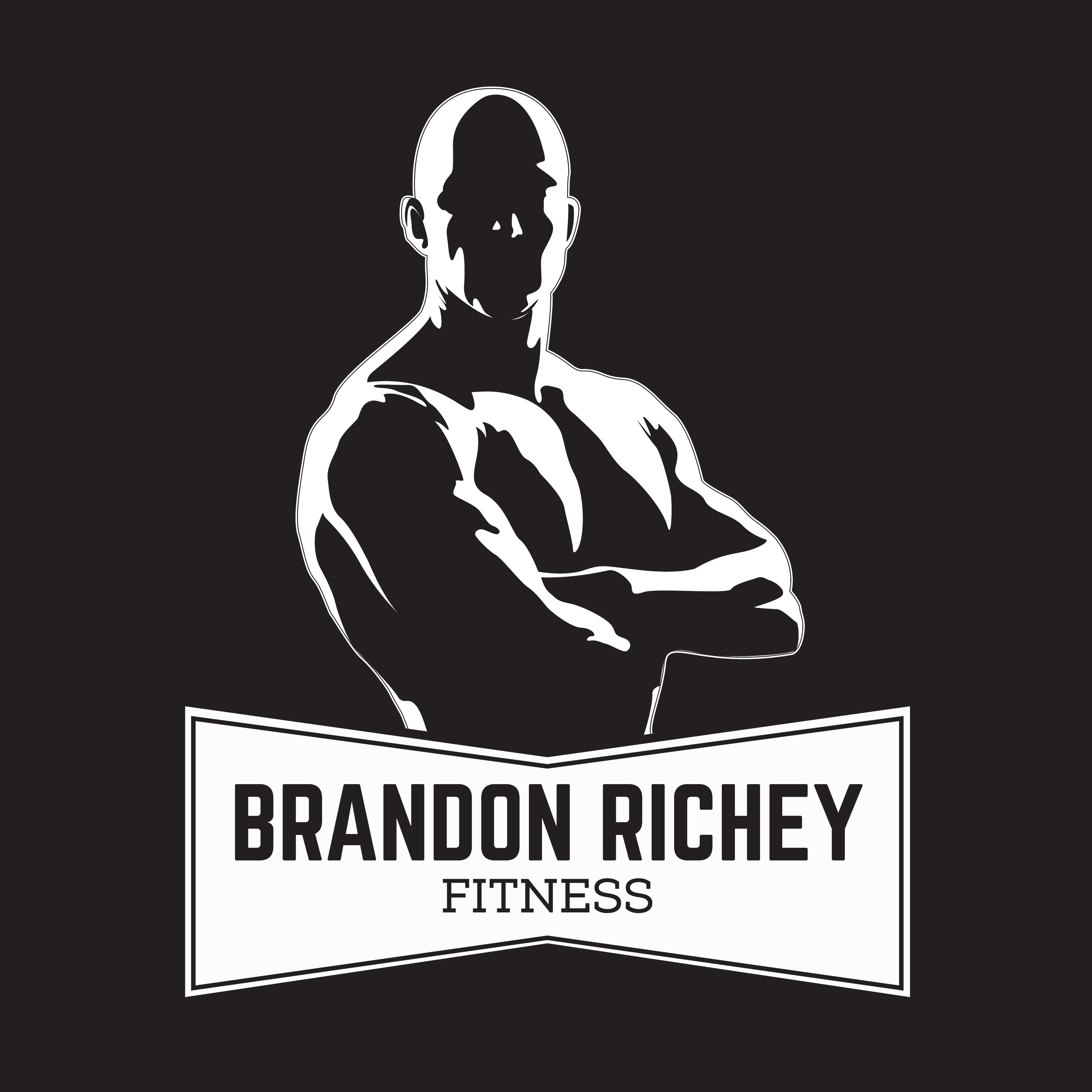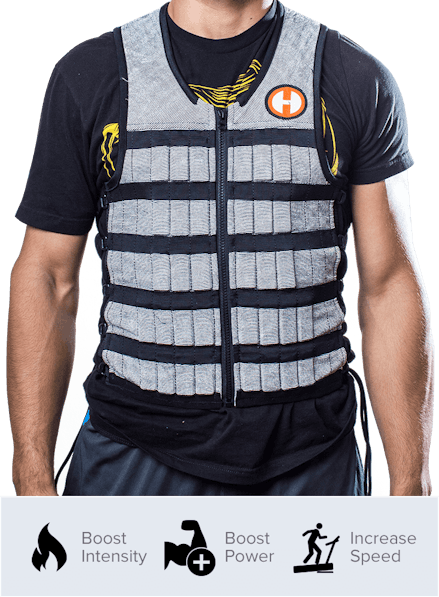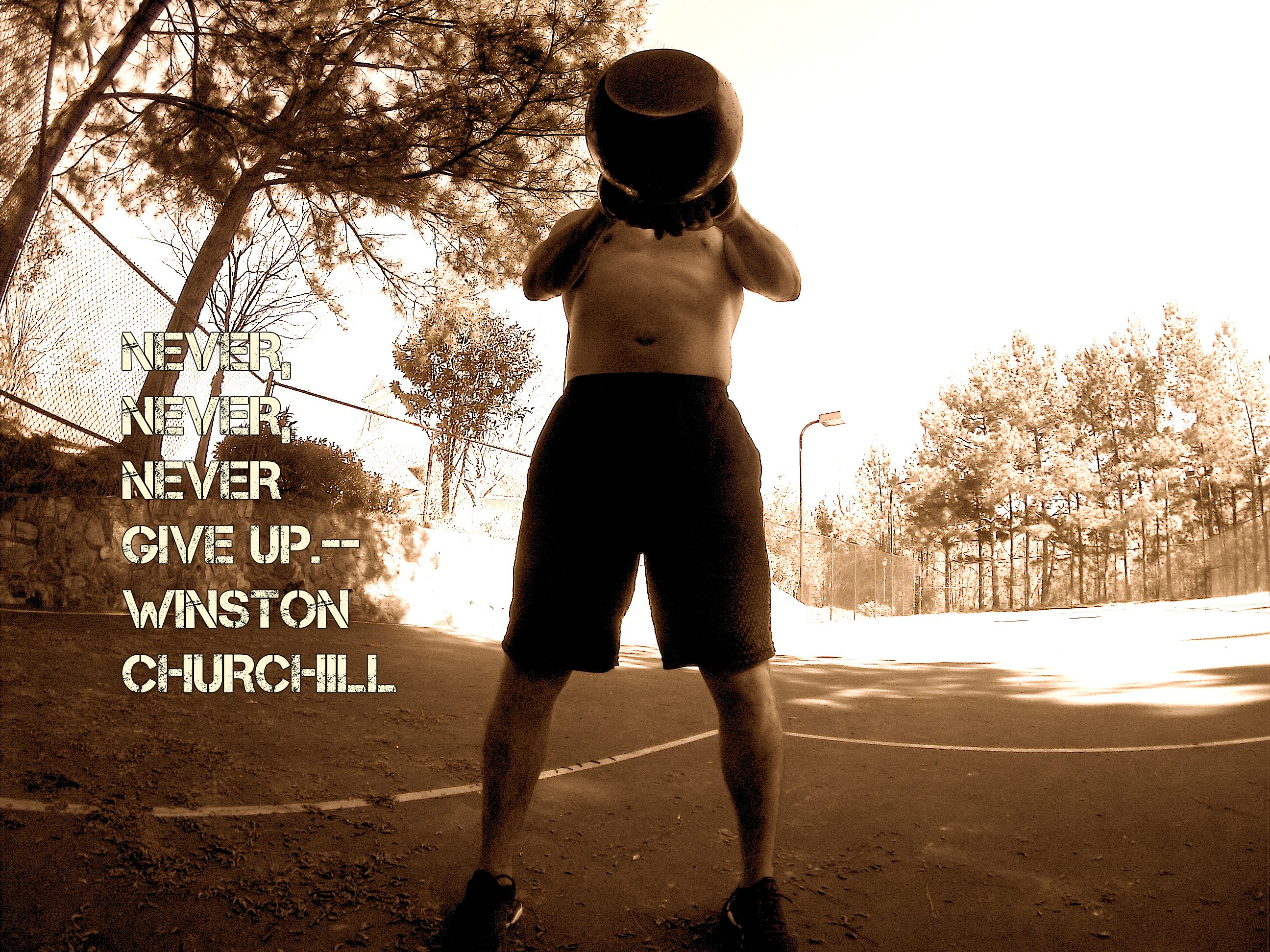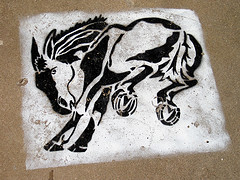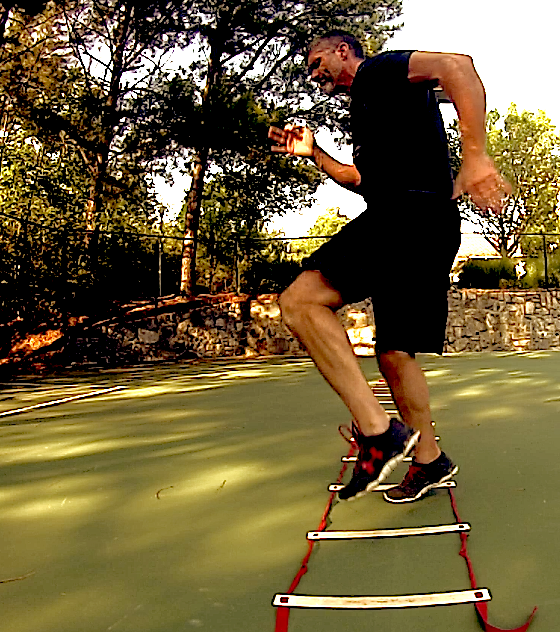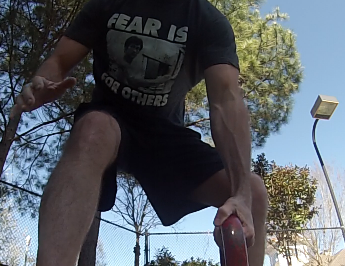
How Muscular Size Can Hurt Your Performance
Having muscular size can have a lot of advantages, but there are some scenarios in which having a lot of muscular size can be a disadvantage and may even get in your way in terms of performance.
Some of these disadvantages can involve minor inconveniences such as having a tough time fitting yourself for clothes, getting in and out of small vehicles, and depriving yourself of a comfortable plane ride should you book a ticket for a long flight.
However, there are other scenarios where having muscular size can get in your way from a functional standpoint if you’re trying to compete and thrive in other sport and work environments in order to perform.
Where muscular size can get in your way in life:
One example of where muscular size can get in your way is if you’re working to perform in an environment such as the military, or having to step on the mat or in the cage as a competitive fighter.
These are examples of work and sport environments where bulk muscle may inhibit your ability to perform the tasks that are demanded in these scenarios. Having been a strength and conditioning coach for fighters and martial arts I’ve seen where bulky muscle can inhibit movement in fighters from the standpoint of function, conditioning, and overall athleticism.
Now don’t get me wrong there are certainly some fighters that have good solid muscle mass, but the difference is that they’re more equipped with what I refer to as go muscle instead of show muscle!
You can often tell the difference in the way bodies are developed with military personnel and competitive fighters. Now don’t misunderstand me these athletes have to be very strong and they are quite strong, but the emphasis of strength is different than that of a bodybuilder.
Fighters and military athletes must be functional and well conditioned. A lot of muscle mass can get in the way of a lot of this when trying to perform. Their strength and muscular development is more centered on bodyweight calisthenics, plyometrics, and mobility which may involve tapping into the use of kettlebells.
Muscular Size: Specificity of training:
When you think about about building muscle mass understand that there are different ways to do it and that there are different types of muscle builds that you can develop that are specific to a relative sport or life demand.
For instance, if you’re a bodybuilder you probably want to build as much muscle mass as possible because in this scenario you’re competing in a sport where size and symmetry are desired and these are attributes that dictate winning within that respective sport.
If you’re a bodybuilder you’re going to be training for the specific purpose of building muscle mass. This is known as specificity of training.
The same thing applies to other sports where you’re training for a different type of performance. If you happen to be a competitive fighter, or martial arts competitor your goal is not to train specifically to focus on building muscular size, but to instead focus on building core strength, mobility, quickness, and superior cardiovascular conditioning.
Since you’re training for these attributes your muscles will develop in a very different way.
Muscular Size: Sarcoplasmic hypertrophy vs. Myofibrillar hypertrophy
When looking at muscular size you also need to understand that not all muscle is created equal. As an example you may have two guys of equal and relative good size that both look like they may be able to handle a good bit of poundage in terms of lifting.
However, one guy may be able to do just that while the other guy may be significantly weaker than the other. Why is this the case?
Well you could certainly say that genetics can play into some of this, but you also need to understand that each one of these guys may have produced two very different styles of muscular hypertrophy based on their focus in their training.
So what are these two types of muscular growth and how do they differ?
The two types of muscular hypertrophy that I’m talking about involves one of the subjects developing more sarcoplasmic hypertrophy where the other developed more myofibrillar hypertrophy.
Sarcoplasmic hypertrophy is an increase in muscle cell fluid volume, or sarcoplasm. This fluid can account for up to about 30% of a muscle’s size. Though the muscle is bigger there is no dense muscle fiber increase in the cross sectional area of the muscle. Because of this there is no signficant increase in muscular strength.
This type of muscle will more commonly be developed from a bodybuilding protocol consisting of rep ranges between 10 and 15 reps.
Myofibrillar hypertrophy occurs when you actually increase the area density of myofibrils. In this type of muscular hypertrophy you will have muscle that is more capable of producing muscular strength and tension.
This type of muscle is developed more from training heavier weights at lower reps. You can achieve the volume by increasing the number of working sets.
So knowing this you can develop muscle size that is more specific for just being bigger and more in the way, or muscle size that is trained for function and for producing more strength to do more work.
If you’re looking to build muscle size that is specific for producing more work you obviously want to train with loads at higher intensities.
Muscular Size: The Takeaway
If you’re looking to train and build muscle that won’t get in your way then you want to make sure your programming is structured so that you will build muscle that is built for go more than muscle mass that is big and only built for show.
Specificity of training is what you must recognize before developing a strength program that is goal oriented and lines up with your sport and life demands.
Here’s a week long workout template to for strong functional muscle!
To give you a sample of this I’ve included a simple week long program here below to help you to develop muscle that is functional and strong so that unwanted bulk doesn’t inhibit your performance for your life, work, and sport demands.
The following workout template is a week long training split designed to help you build muscle mass that is functional without building excessive muscle mass and size that will get in your way for being able to compete in sports and other life events that require functional athletic skill.
The following workout template is considered to be for moderate to advanced trainees who have a good understanding of how to effectively execute the lifts and movements involved. With that being said you are still responsible for studying and understanding proper technique for the given movements.
Before attempting the following workouts keep in mind that the given exercises are just recommendations and can still be scaled by you to suit your fitness and strength level. You want to follow the program as closely as possible and make sure that your technique for the given exercises is correct.
Study these carefully and keep in mind that the rep range is synonymous with intensity. So if there is an exercise that calls for three reps that exercise is to be done with heavier resistance compared to the exercise that calls for 6 reps.
Also make sure your joints are properly prepped for movement prior to starting each workout here below. Make sure you are properly warmed up and that you’re ready for each given exercise here. For the following week I recommend that you train two days on, one day off, two days on, and two days off.
The first given number following an exercise represents the number of sets and the second number represents the number of repetitions (example: 3×5 means 3 sets of 5 repetitions).
If you see the word superset perform the first mentioned exercise and designated number of repetitions then with little to no rest follow it by the second mentioned exercise with the designated number of reps.
Get after it and best of luck!
Day 1:
Superset:
Barbell bench: 4×6
Pull-ups: 4×8
Superset:
Push-ups: 5×20
Single arm dumbbell rows: 3×5 (each arm heavy)
Medicine ball slams: 3×7 (perform with speed and power generating force from your hips. Use a soft jam medicine ball made for slamming).
Finished.
Day 2:
Lying bodyweight hip thrust: 3×10
Deadlift: 5×5
Superset:
Goblet squats: 4×8
Weighted step ups: 3×5 (each leg)
Wall sit: 3×1 minute static holds.
Finished.
Day 3:
Superset:
Dumbbell bench press: 6×3 (heavy)
Single arm dumbbell rows: 3×5 (each arm)
Superset:
Dips: 5×8
Leg raises: 3×15
Bear crawls: 3×20 strides (count stride with when each arm and leg moves forward)
Finished.
Day 4:
Superset:
Front squat: 4×7
Single arm single leg deadlift (bodyweight): 3×6 (each leg)
Kettlebell swings: 5×15 (heavy)
Box jumps: 3×7
Finished.
Start optimizing your fitness and getting your body dialed in for performance. Make sure you get my new 30 Introductory HIIT Workouts here below.
CLICK HERE TO ORDER MY 30 INTRODUCTORY HIIT WORKOUTS
Click on image below
Also if you want to get my 30 Introductory HIIT Workouts along with the rest of my 30 Day programs at nearly 50% OFF and really learn how to tie these together then make sure you check out my brand new discounted 180 Day MMA Strength And Conditioning Bundle right here below! I guarantee it’ll get you into the best shape of your life, or I’ll give you your money back no questions asked.
It’s changing lives already!
Top 5 Plyometric Drills For MMA Fitness
How To Enhance Your Fitness And Physical Work Capacity
3 Top Conditioning And HIIT Workouts For MMA And Combat Fitness
4 Point Hip Stretch Series: Squat Prep Your Hips
5 Unique Strength Drills To Enhance MMA Performance And Serious Fitness
Also for your strength training needs…
Get ONNIT kettlebells here (Click On Image)
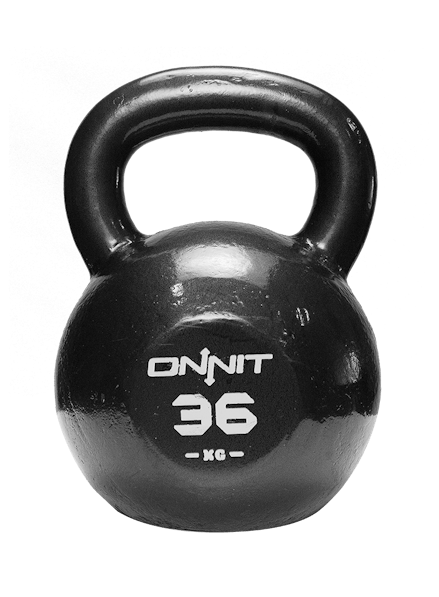
Get ONNIT Weighted Vest Here (Click On Image):
